Balintawak Escrima
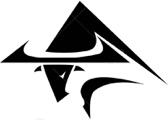
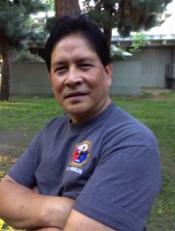
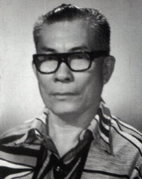
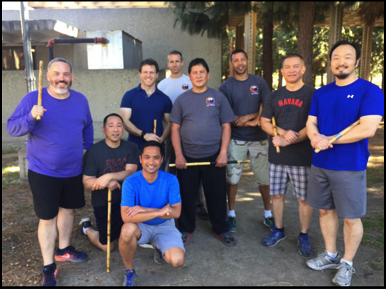
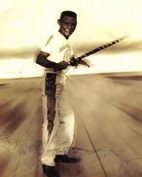
Grandmaster Nonato (Nene) Gaabucayan
Master Teofilo (Teovel) Velez
Balintawak Founder Anciong Bacon
While classical meditation is one way to silence the mind, there are many others. Exercises like Tai chi are often called meditation in motion. Balintawak is meditation in action. Meditation is all about staying in the present moment. In Balintawak, the student defends and teacher leads, guides, and ultimately attacks in a controlled manner that builds the students reaction time and tenacity. However, if the defender starts thinking about what the leader might attack with (obsessing about the future), his reflexes will be compromised and will miss the next strike and get tagged. Similarly, if he makes a mistake and keeps thinking about his error (obsessing about the past) his reflexes will be compromised, will miss the next strike and get tagged. For our reflexes to remain at their sharpest, we must learn to forget about the future, not dwell on the past, and remain in the ever present moment.
Balintawak also emphasizes precision and control, which is why teacher and student can practice at high speeds but remain free of injury.
I studied under Grandmaster Gaabucayan for seven years in Los Angeles and am now teaching this wonderful art in the Detroit area.
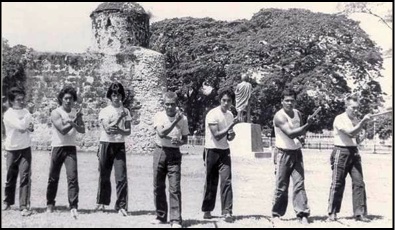
A bit of balintawak History
(3rd from the left) Nene Gaabucayan, (center) Anciong Bacon, (far right) Teofilo Velez
1932, the Doce Pares Club was formed, composed of eskrimadors from the Saavedraand the Cañete family. Venancio "Anciong" Bacon was among the first members of the Doce Pares Club and became one of its best fighters.
Bacon eventually left the Doce Pares Club, citing skepticism of the system's combat
effectiveness. In the 1950s, together with Delfin López, Timoteo Maranga and others, Bacon established a new club, calling it the Balintawak Street Self-Defense Club. The newly formed club started training in the backyard of a watch shop owned by Eduardo Baculi, one of Bacon’s students, on Balintawak Street.
Bacon developed single stick techniques. One of Anciong’s students, Master Jose Villasin began “grouping” the techniques into sets so that they might be more easily learned and mastered. But it was his student Teofilo Velez who saw the true potential in this method and began to develop it more fully, optimizing Anciong’s techniques based upon single stick work and basic strike and defense patterns. These patterns are the basis from which a practitioner can develop basic, semi-advanced, and advanced movements. All techniques must be demonstrated with power, control, and proper body mechanics. It aims to harness one’s natural body movement and awaken one’s senses to move and react.
While those like Villasin and Velez taught using the grouping method, some of Bacon’s students continued to teach in the old method of instruction. Today, there are a number of Balintawak groups teaching different versions of the system. Many instructors use the grouping method for teaching the techniques while others continue to teach in the traditional way, as Bacon used to teach.